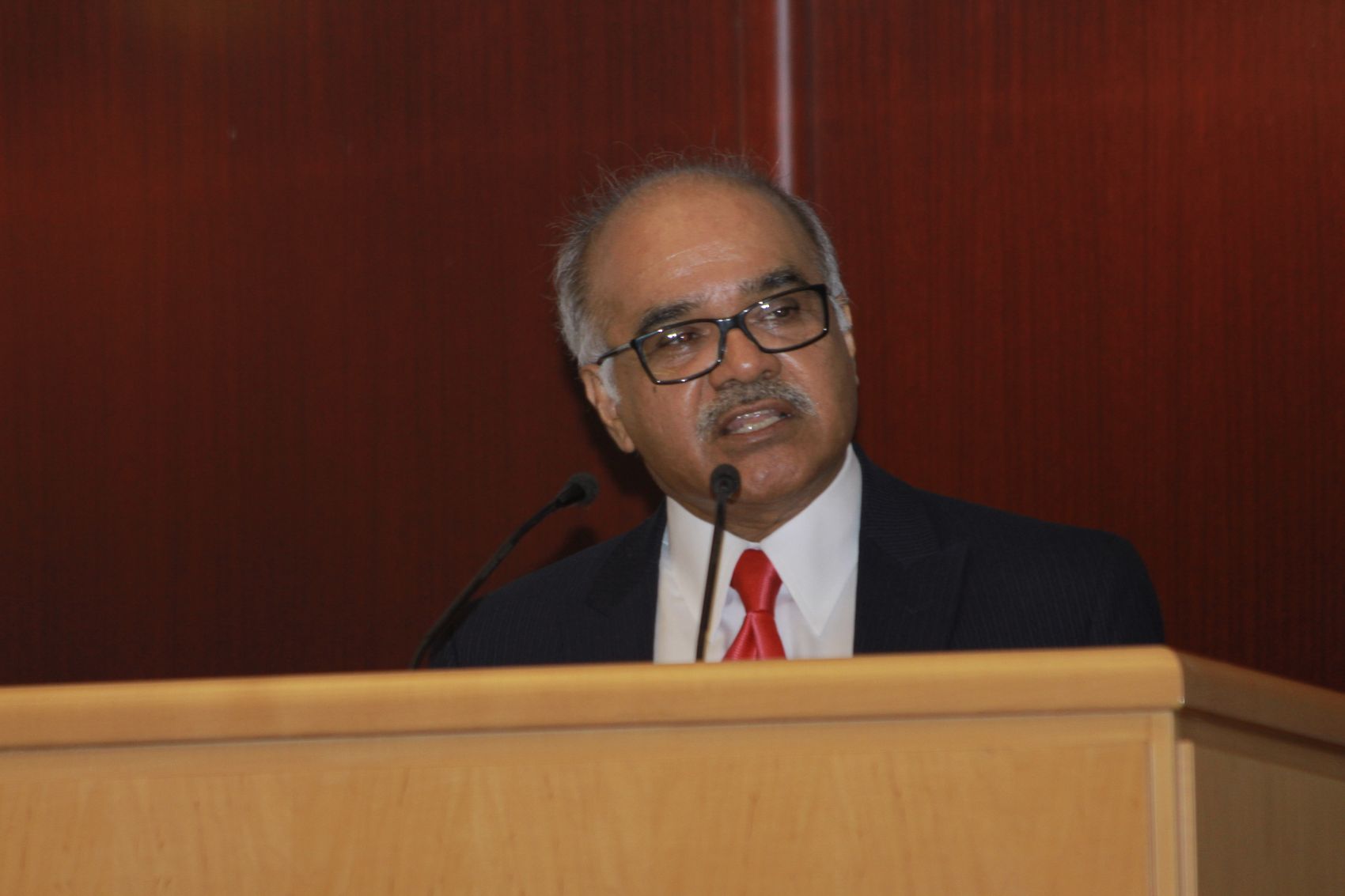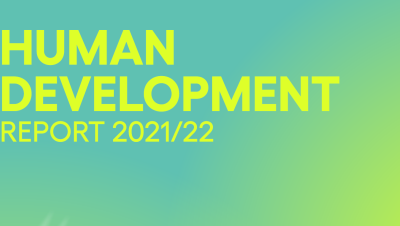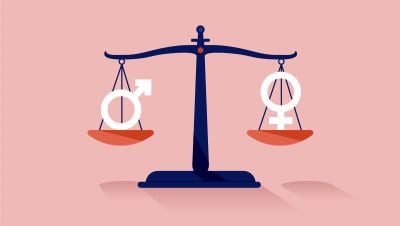Excellencies, Distinguished Guests, Ladies and Gentlemen,
Work is the defining issue of our time. It is a challenge which society in the world is facing today. The world of work is also changing fast with implications for human development. The 2030 Development Agenda, which the world has recently agreed upon, is linked to the issue of work. These are precisely the reasons as to why the2015 Human Development Report as its theme has chosen Work for Human Development, because we thought if not now, when, and if not us, who.
In her opening remarks, the Administrator has very eloquently presented the key messages of the 2015 Human Development Report. In that overall context, let me share with you five main findings of the Report.
- First, impressive human progress has been made over the last quarter of a century and work has contributed to that. Over the last 25 years, more than 2 billion people have been lifted out of low human development and more than a billion people have escaped extreme poverty. The work of a billion people in agriculture, the creativity of 455 million entrepreneurs, the helping hands of 970 million volunteers worldwide has contributed to this progress.
But significant human deprivations still persists and huge human potentials still remain unused. About 795 million people suffer from hunger that there are more than 800 million adult illiterates in the world. There are 204 million people out of work of which 74 million are young people. About 830 million people are termed as working poor – they are working alright, but living on less than $2 a day. All these imply that in order to accelerate human progress and to overcome existing human deprivations, the remaining human potentials have to be optimally used.
- Second, the world of work is changing fast in which the what, where, when, who and how of work are changing rapidly. The two main drivers of such changes are globalization and digital revolution. Today the global trade in goods and services stands at $23 trillion, almost double the amount it used to be 10 years ago. There are more than 7 billion mobile subscriptions and more than 3 billion people use internet worldwide.
The changing world of work is creating opportunities, but also risks; there are winners as well as losers. In the global value chain of work, 453 million people are engaged, of which 190 million are women. But at the same time, 1.5 billion people are engaged in vulnerable work.
There has never been a better time to be a skilled worker; there has never been a worse tome to be an unskilled one. The income share of high-skilled workers is going up and that of the low-skilled ones are going down. The top 1 percent of the global population owns more than 50 percent of global wealth.
- Third, gender imbalances in paid and unpaid work are constraining women’s choices, capabilities, and opportunities. Men dominate the world of paid work, and women are mostly engaged in the world of unpaid work.
In the world of paid work, women are disadvantaged in terms of participation, representation and pay. About 72 percent of economically active men are employed, and the corresponding figure for women is 47 percent. About 32 percent of global businesses do not have any senior female managers. In Latin America, even the top female managers earn only 53 percent of what their male counterparts earn. All these have huge economic costs. For example, in Sub-Saharan Africa alone, if effective gender gap at work is eliminated, the GDP of the region will go up by $60 billion a year. This is a missed opportunity.
In the world of unpaid care work, women bear the major share of work. For example, for every 4 hours of unpaid care work, women undertake 3 hours of work. In Africa, women spend 200 million hours every day just to fetch water. With demographic transition, societal changes and global epidemics like that of Ebola last year, the care gap will be increasing and women would be expected to carry out the major share of that work.
In order to change these, three Rs would be needed – reducing the unpaid care burden women carry; rebalancing the male and female roles and responsibilities in paid and unpaid work, and recognizing the value of unpaid care work.
- Fourth, sustainable work and Sustainable Development Goals (SDGs) are mutually synergetic. Sustainable work represents work that simultaneously enhances human development and ensures environmental sustainability. For example, if work is done for providing solar power panels for poorer households, the well-being of those households in terms of better standard of living is increased, but at the same time it is good for environment.
Sustainable Development Goals have many goals and targets focused on work; for example, Goal 8 is about decent and productive work; target 8.1 is about elimination of child labour, and so on. Similarly, sustainable work can be instrumental in achieving various SDG – e.g. Goal 1 on elimination of extreme poverty; Goal 2 on ending hunger; Goal 6 on inclusive and sustained growth etc.
Bout in order to forge the mutually synergetic links between sustainable work and Sustainable Development Goals, it is imperative that some work would have to be terminated (e.g. what Poland has done in its coal industry); some work will have to be transformed (e.g. introducing labour standards in shipbuilding industry; and some work would have to be created (e.g. new jobs in renewable energy sector).
- Finally, enhancing human development through work would require a set of concrete policy options and an agenda for action. The issue of an action agenda has already been alluded to by the Administrator in her remarks. A set of concrete and strategic policy options would have to focus on strategies for creating work opportunities, strategies for workers’ well-being in terms of benefits and rights; and strategies for targeted actions for specific groups (e.g. people with disabilities).
The Report proposes some new and innovative policy options. For example, countries may focus on national employment strategies as a centre piece of their development plans. Employment has been out of fashion for quite some time, let us bring it back at the centre of development discourse and development plans.
For too long, we put our faith in growth-led employment strategies. But that did not happen in many societies; and we have witnessed jobless growth in many economies. So instead of growth-led employment strategies why don’t we think of employment-led growth strategies, where productive and remunerative jobs are created where poor people live, which will create demand and lead to more work resulting in an upward spiral of jobs and growth.
Central banks traditionally have inflation targeting as its sole mandate. The report argues for dual targeting for the central banks – inflation targeting as well as employment targeting. If that is done, then monetary policies complement fiscal policies in creating work.
Flexible work arrangements, parental paternal leave can contribute to women’s participation in the labour market. Similarly, fit of the future learning would be required employing younger people as work of the future cannot be performed with knowledge of yesterday.
If six countries in the world – Brazil, China, India, Indonesia, South Africa and the United States devote only 1.2 percent of their GDP every year, 14 million new jobs can be created in the renewable energy sector.
In conclusion, today, we live in an unequal, unstable and unsustainable world. When 80 percent of world’s population own only 6 percent of global wealth, that is an unequal world. The sources for instability may come from different sources, ranging from natural disasters to economic and financial crisis t violent extremism. In coming years, shocks and vulnerabilities would be the norm, rather than an exception. And the unsustainable nature of the coping capacity of our planet is being discussed widely.
Work can contribute to overcoming these challenges. But that work has to be quality work, sustainable work, work that contributes to equality, rather than creating inequality, work that respects workers’ rights and ensures their safety.
The choice is ours – we may choose to pursue those kinds or work or we can go for others. Whatever we choose will determine the future world that we shall leave for the next generation – for our children and grand children. Because in the ultimate analysis, human destiny is a choice, and not a chance.
Thank you


